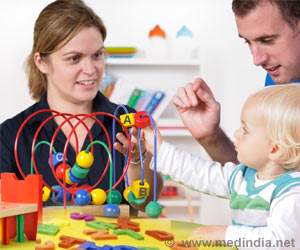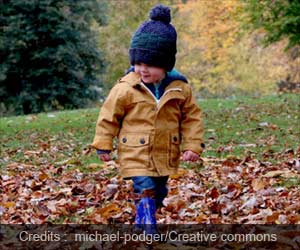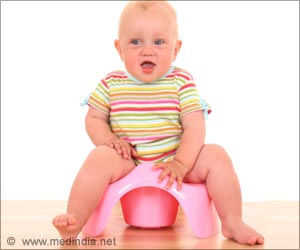Preschool education improves allophone children's development and needs broader access to quality daycare services.

School Readiness and Early Childhood Education and Care Services Among Dual Language Learners
Go to source).
Professor Côté, from the School of Public Health at the Université de Montréal (ESPUM), is the director of the Observatory for Children's Education and Health and a researcher at the CHU Sainte-Justine Research Center. The study, with Ophélie A. Collet as the lead author, was recently published in the journal JAMA Pediatrics.
“Being exposed to other children and a team of educators better prepares children for school than growing up in a home where neither French nor English is spoken. The period from one to five years old is crucial for language acquisition. It takes a village to raise a child, and in this case, the village is preschool,” summarizes Professor Côté.
‘Preschool education improves cognitive, social, and emotional skills in allophone #children. #french #language #medindia
’





Advertisement
How Preschool Programs Help Non-French-Speaking Kids
The findings are clear. Allophone children who attended daycare (or pre-kindergarten at age four, though to a lesser extent) show better cognitive development, improved social and emotional skills, and greater communication abilities. These benefits are partly attributed to a sufficient level of general knowledge.At the time of the survey, 6.1% of kindergarten children in Quebec came from allophone families, amounting to 4,360 children. Of these, nearly 14% stayed home before starting school, compared to only 6% of children whose mother tongue was French.
The survey relied on the Early Development Instrument, a Canadian tool used internationally to measure children's readiness for kindergarten. Teachers, who closely interact with the children, completed the questionnaires and provided information about whether the children had attended preschool services.
“It is crucial to ensure that children whose mother tongue is not French are not disadvantaged by the scarcity of spaces in preschool centers,” emphasizes Professor Côté. She adds that while bilingualism is an excellent mental exercise, the challenges of learning multiple languages are real. Children need support during this critical stage of development.
Advertisement
Skills for Bilingual Kids
The best predictor of academic persistence is mastering social, emotional, cognitive, and physical skills by kindergarten. Children who lack these skills are less likely to graduate from high school.Among the 80,000 children surveyed, 11.2% were excluded due to insufficient information, leaving 71,589 participants. Of these, 48.8% were girls, and 25.6% were learning more than one language. This includes 13,981 bilingual children (English and French) and 4,360 allophone children, representing 6.1% of the total. Within this group, 26% spoke Arabic, 18% Spanish, and 7.3% African languages. Others spoke various languages, including Creole, Chinese, Portuguese, Russian, and Persian.
Daycare’s Role in Children’s Success
Previous studies have shown that quality daycare services benefit all children, especially those from economically disadvantaged backgrounds. Introduced in 1997 in the province of Quebec (Canada), Quebec's subsidized Early Childhood Centers (CPEs) were designed to reduce social inequalities and facilitate work-life balance. While the latter goal has been achieved, much work remains to reduce inequalities. Only 30% of children have access to CPEs, and there are 2.5 times fewer centers in disadvantaged areas.The researchers adjusted their findings to account for families’ financial situations. “The study demonstrates the impact of preschool education services beyond economic status,” explains Professor Côté, noting that the best services are often in affluent neighborhoods.
“This study is a strong call to enhance quality daycare services. It’s a preventive measure to ensure better integration for children,” concludes Côté. This is the first study to specifically examine preschool services' impact on allophone children's readiness to enter kindergarten. Professor Côté also directs the Research Group on Child Psychosocial Maladjustment. She plans to revisit the children when they reach fifth grade to determine whether the benefits of daycare persist.
Reference:
- School Readiness and Early Childhood Education and Care Services Among Dual Language Learners - (https://jamanetwork.com/journals/jamapediatrics/article-abstract/2826096)
Source-Eurekalert










